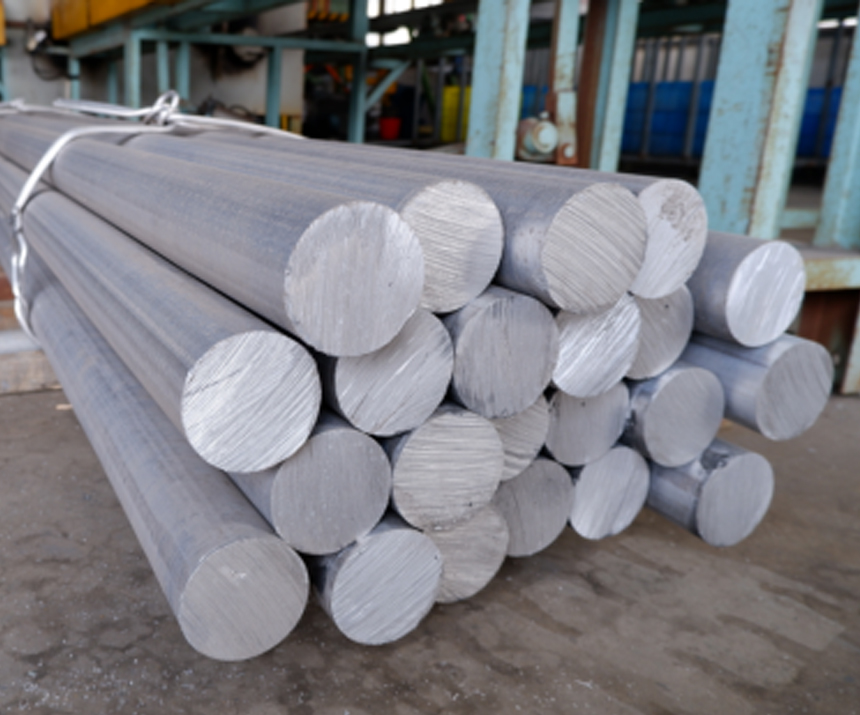
1, The first is aluminum rod casting: aluminum ingot heating melting, adding a certain amount of alloying elements (magnesium, silicon), casting machine into a root of different diameter of the round rod.
2. Aluminum alloy profile extrusion: aluminum rod is heated to a certain temperature to reach the critical point of aluminum liquefaction, and then cut. Before heat, the extrusion machine is sent to squeeze out the desired section shape through the mold. Then, quenching, quenching methods have air cooling and water cooling. The air-cooled state is T5, and the water-cooled state is T6.
3, Aluminum alloy profile extrusion post-processing: the traction machine will be drawn out of the profile, to reach the required length by the hot saw saw, by moving the cold bed will move the profile to the straightening machine straightening. (The aluminum profile is soft when it is just extruded) after straightening, cut with a fixed size saw, and load the transfer frame into the aging procedure.
4, Aluminum alloy profile artificial aging: the aluminum alloy profile material into the aging furnace heating to a certain temperature, and hold heat for 2-3 hours, can significantly improve the mechanical properties of aluminum alloy profiles, especially hardness.
5 Surface management: anodic oxidation – sulfuric acid solution through DC power anode, REDOX reaction, and then the surface of a layer of dense porous oxide film, and then sealed holes, aluminum alloy profiles will be more wear and corrosion resistance. Electrostatic
spraying — using the Faraday effect of electric field of current, so that powder coating particles uniformly adsorbed on the surface of the material. To protect the role of aluminum profile. The surface treated aluminum alloy profile is more corrosion resistance, wear resistance, service life greatly increased.
The above is a brief introduction to the aluminum alloy profile forming process.